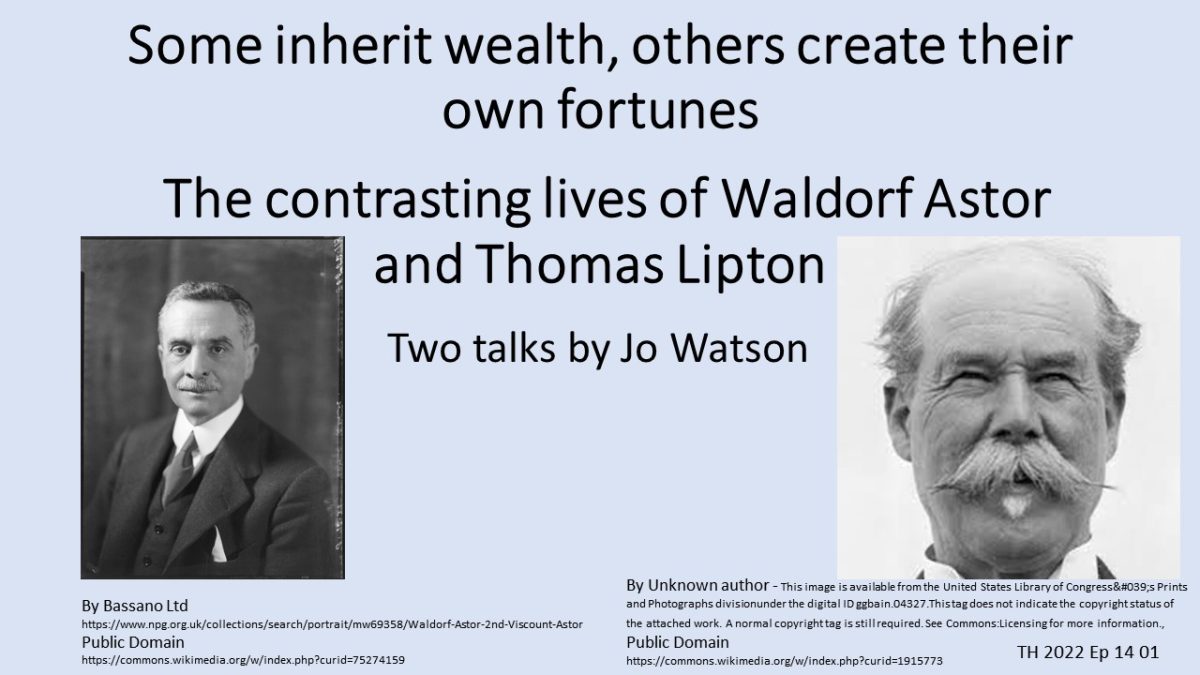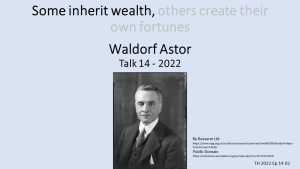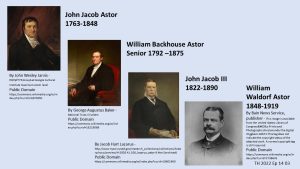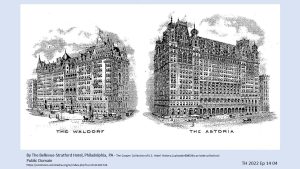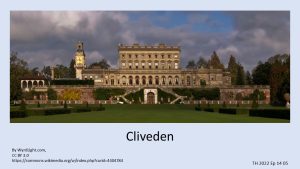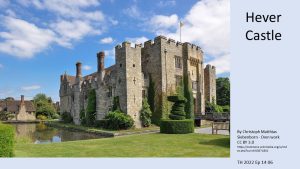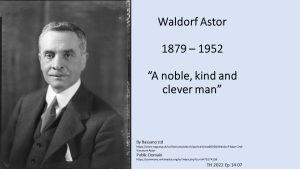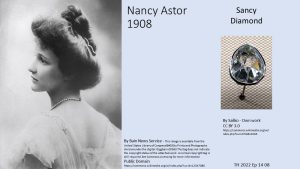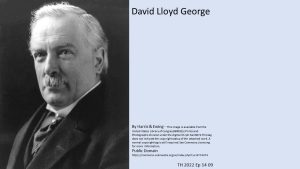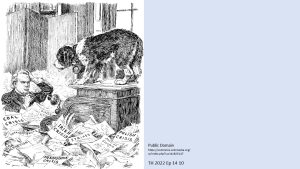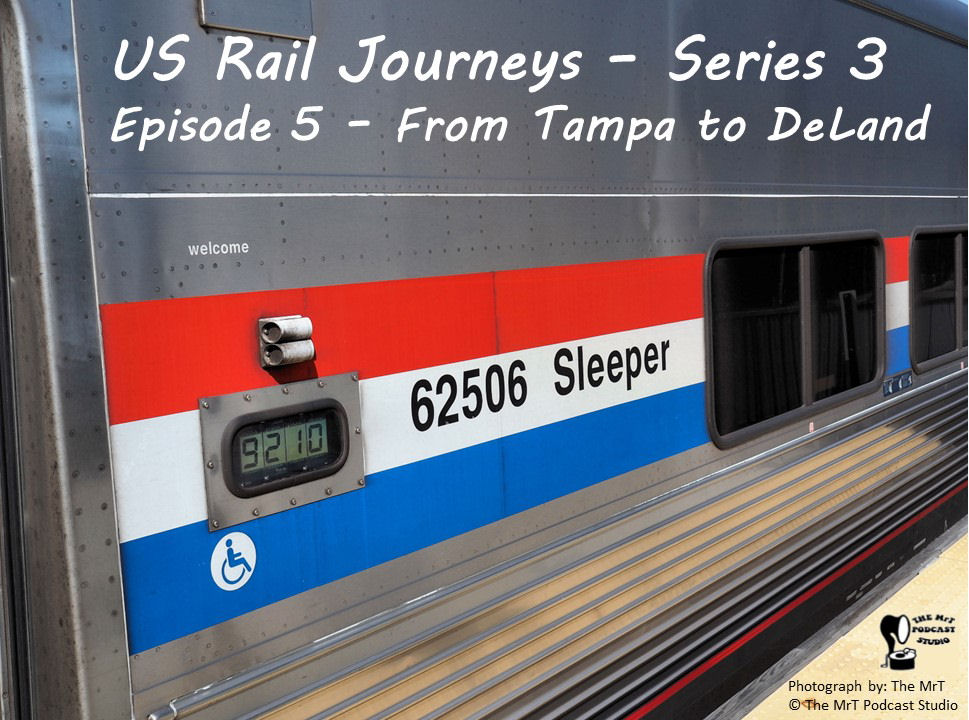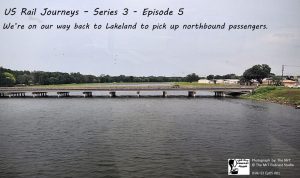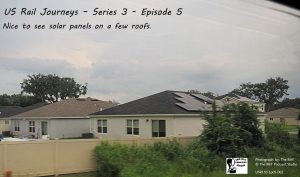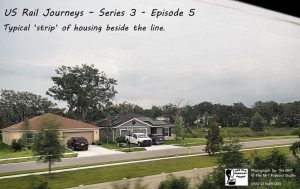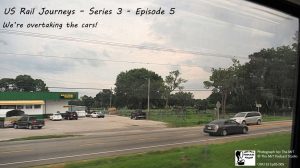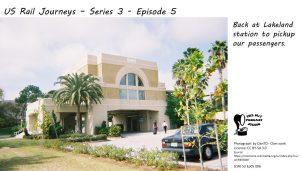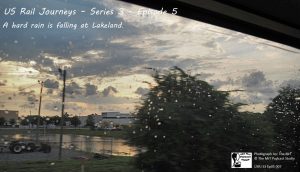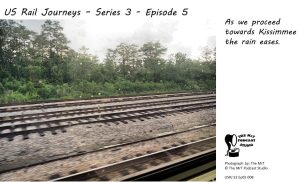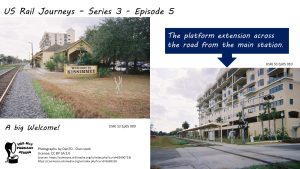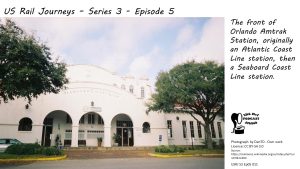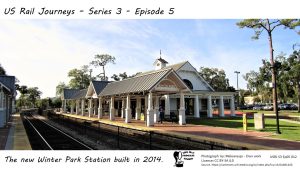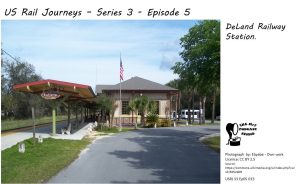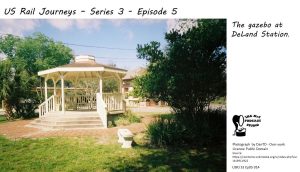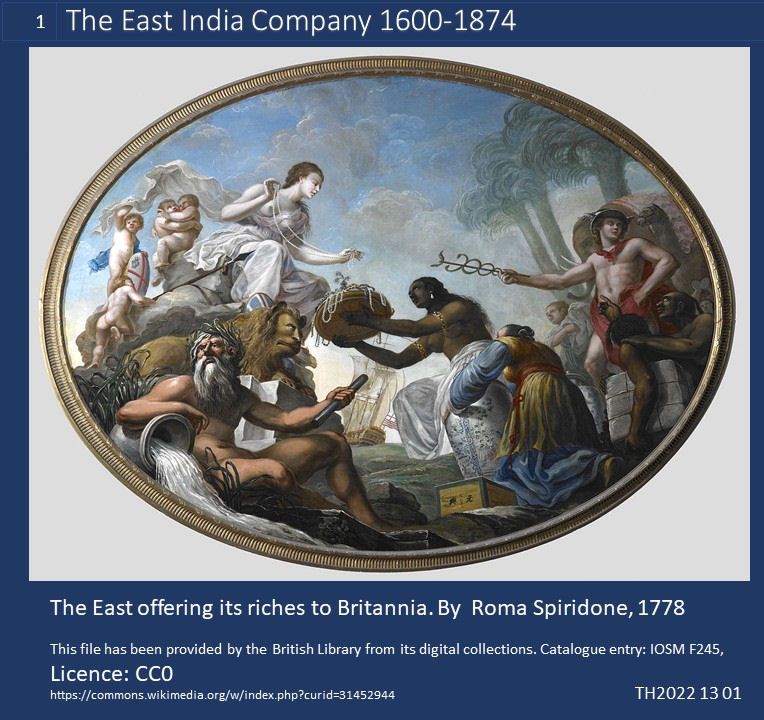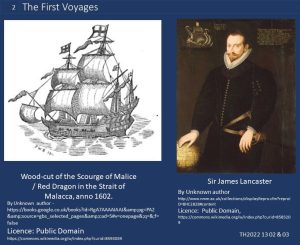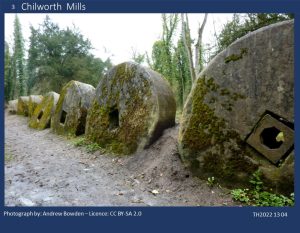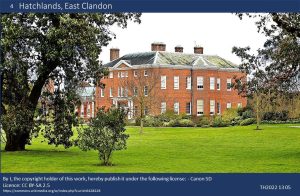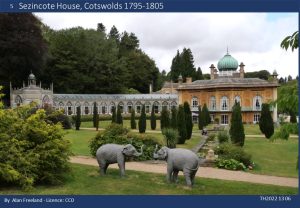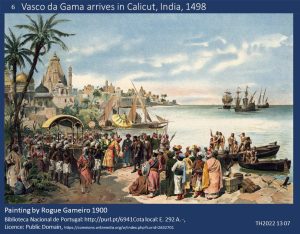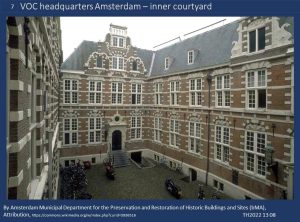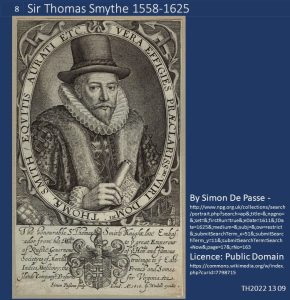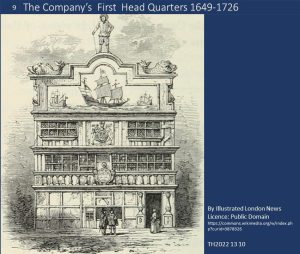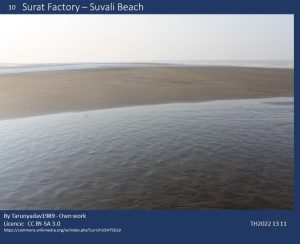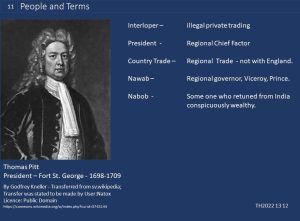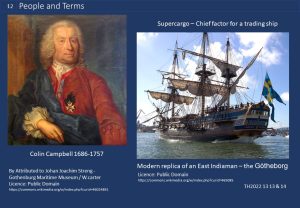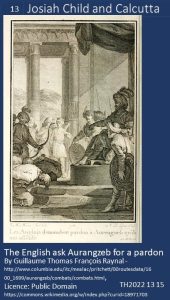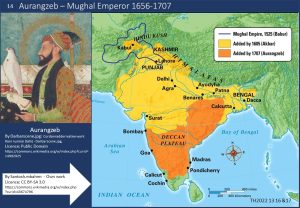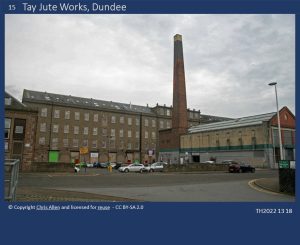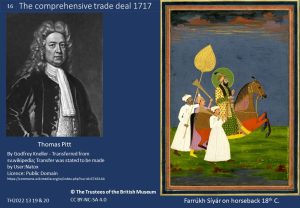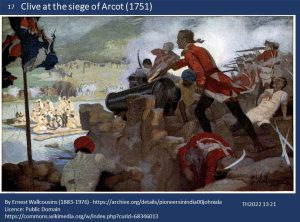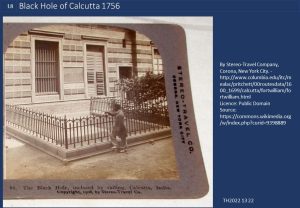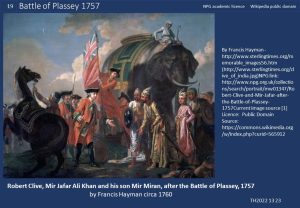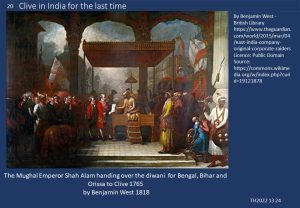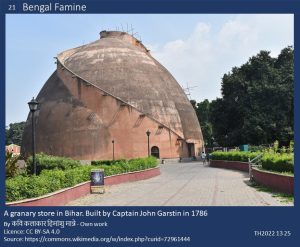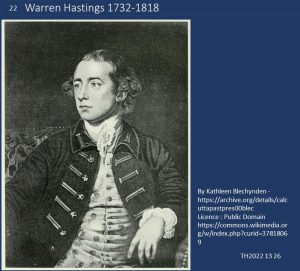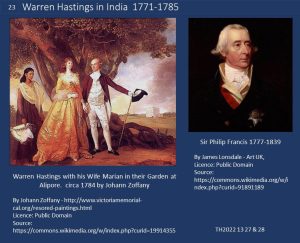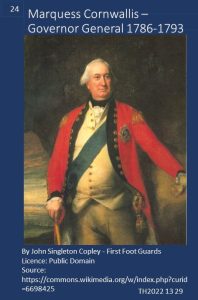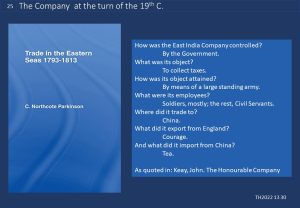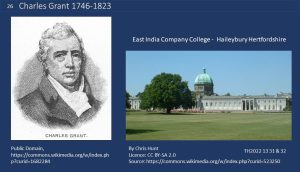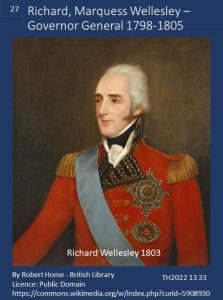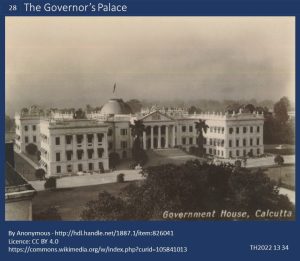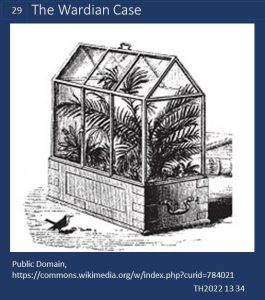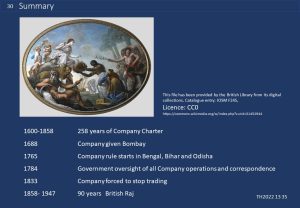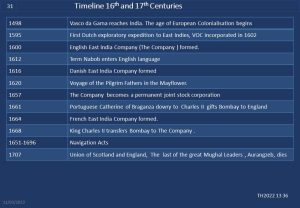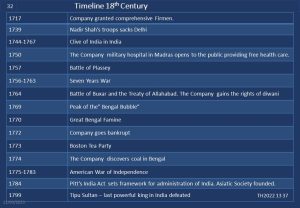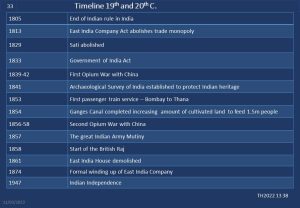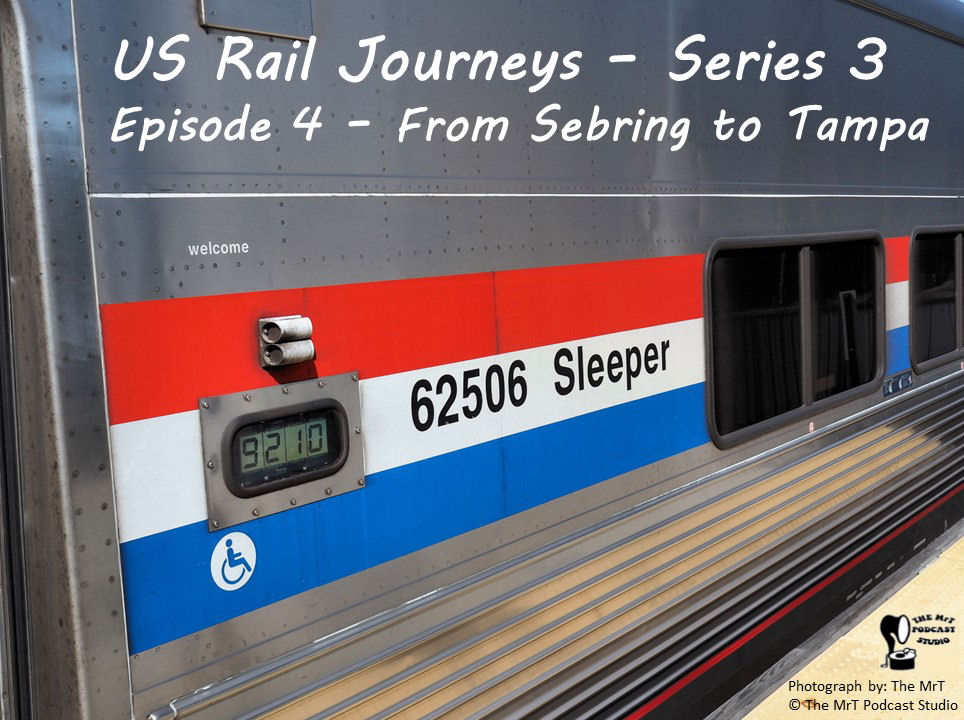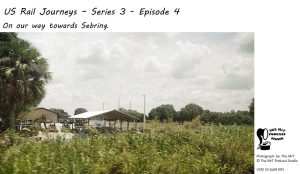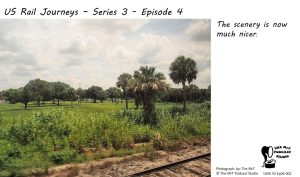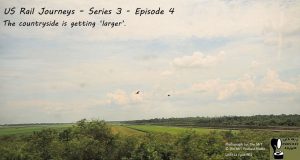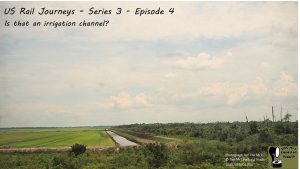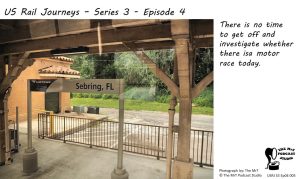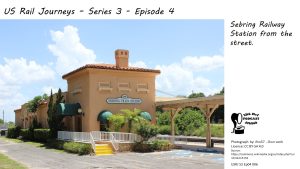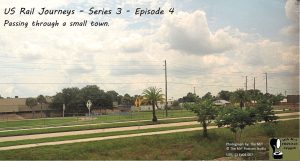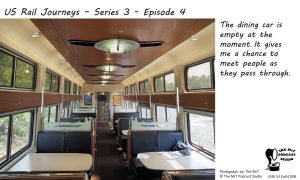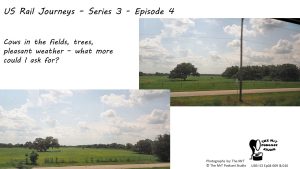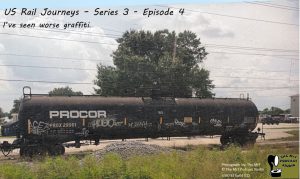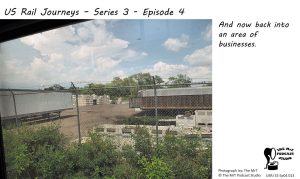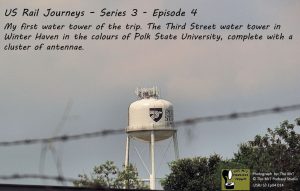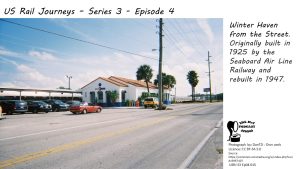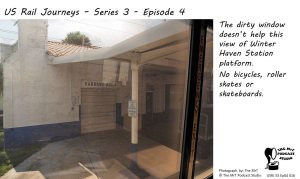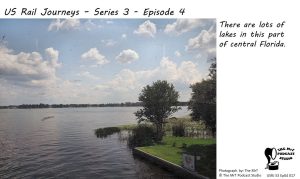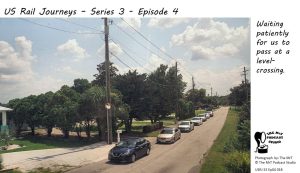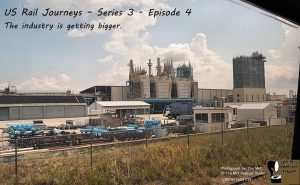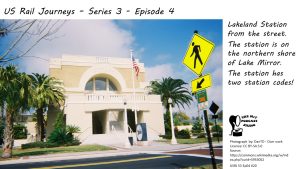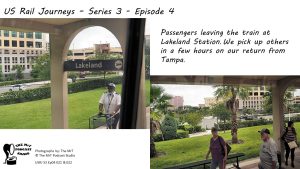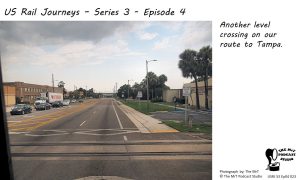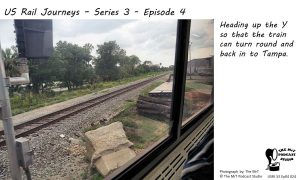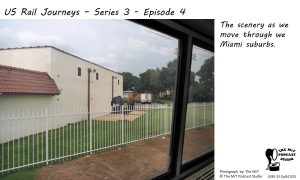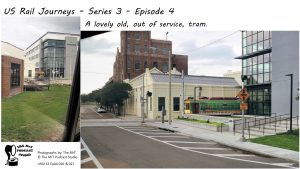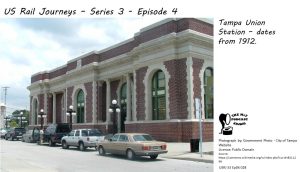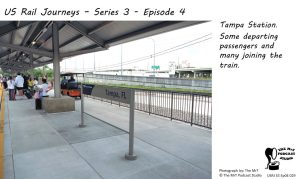Podcast: Play in new window | Download (Duration: 26:59 — 24.7MB)
Season 2022 – Talk 14 – Waldorf Astor
In Waldorf Astor we hear the first of Jo Watson’s talks with the theme ‘some inherit wealth, others create their own fortunes’. Waldorf Astor is from one of the wealthiest families in the world.
Click a thumbnail below to view the image gallery that accompanies the talk.
Family:
John Jacob Astor moves from Germany to America. He is a businessman, merchant, real estate mogul, and investor who makes his fortune in the fur trade and by investing in real estate, in and around New York. He is the first prominent member of the Astor family and the first multi-millionaire in the United States.
His grandson is William Waldorf “Willy” Astor has American and British nationality. He is an attorney, politician, businessman (hotels and newspapers) and philanthropist.
He moves to Britain in 1891, becomes a British subject in 1899, becomes Baron Astor in 1916 and Viscount Astor in 1917 because of his contributions to war charities.
Waldorf Astor:
Waldorf Astor, 2nd Viscount Astor, is was an American-born English politician and newspaper proprietor and a member of the Astor family.
In 1905, while returning to Britain across the Atlantic, he meets and falls for Nancy Langhorne Shaw, a divorced mother. They have a short courtship and marry in May 1906.
Waldorf’s father gives them the Sancy diamond and the estate at Cliveden, as wedding presents. Nancy redecorates and modernises Cliveden by installing electricity.
Politics:
Nancy encourages him to go into politics. He is elected as member for the borough of Plymouth in the December 1010. The constituency is abolished in 1918 and he moves to Plymouth Sutton.
Although he is a Unionist he acts independently by supporting both the “People’s Budget” and the National Insurance Act of 1911.
The House of Lords:
In 1916 his father, William Waldorf Astor, becomes Viscount Astor. His father dies in October 1919 and Waldorf becomes the 2nd Viscount Astor even though he tries to disclaim the title.
Because he is a member of the House of Lords he has to resign his seat his seat in the House of Commons. Nancy wins the seat in the election who becomes the second woman elected to the House of Commons.
She is the first woman to take her seat in the House because Constance Markievicz is a member Sinn Féin. Nancy retains the seat until she steps down in the 1945 general election. Jo Watson tells the story of these two political ladies here.
Later life:
Waldorf turns to charitable causes, becoming a governor of the Peabody Trust and Guy’s Hospital. He is also a considerable benefactor to the city of Plymouth, and serves as its Lord Mayor from 1939 to 1944.
Listen to the podcast and hear Jo tell the full story.
About this podcast:
This is an edited recording of a talk given to the Farnham u3a World History Group.
It is not possible to use some of the images from the original talks for copyright reasons.
The Farnham u3a site is here.
This podcast is also available through Amazon Music, Apple Podcasts, Castbox , Deezer, Podchaser, Spotify, Stitcher and Vurbl and others.
AKM Music licenses Media Magazine for use as the theme music.
© The MrT Podcast Studio and Farnham u3a World History Group 2018 – 2023

